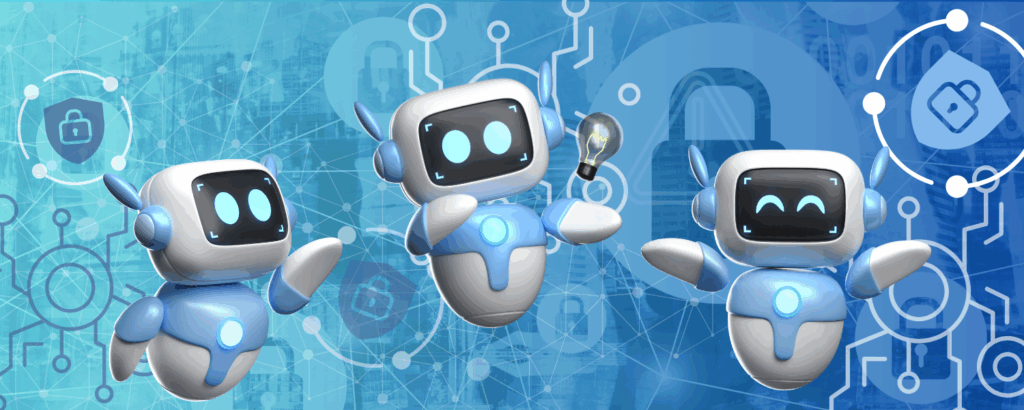Imagine this: one of your employees receives a legitimate-looking email asking for a password reset. They click. Just like that, your entire system is at risk.
No matter how strong your firewall or how clever your antivirus software, the human factor remains the most unpredictable element in cybersecurity. But what if we could train our teams more effectively — without overwhelming them, invading their privacy, or boring them to sleep?
Thanks to AI in security awareness training, that’s not only possible — it’s already happening.
From Boring Trainings to Smart Engagement
Traditional AI security awareness programs often look like this: a couple of generic training videos, a few mandatory quizzes, maybe a surprise phishing test. While better than nothing, these one-size-fits-all approaches usually lack engagement, and employees quickly forget what they’ve learned.
In a recent webinar QOSQO IT attended, hosted by Juulia Hellgren of CyberCoach, experts from across the AI, cybersecurity, and legal sectors shared how AI is turning the tide. Rather than pushing out generic content, AI can now adapt training to individuals’ needs — without being creepy.
AI Awareness Training That Actually Sticks
Maria Bique, an AI privacy researcher, explained how modern tools can now adjust training content based on employee behavior. That doesn’t mean watching people’s every move — it means using data already available, like how someone interacts with phishing simulations or internal tools, to provide relevant content. Think of it like a Spotify recommendation — only it’s about password hygiene instead of playlists.
Aleksi Rossi from Futurice gave an example of how companies are even “gamifying” phishing training. Imagine a fun, light-hearted challenge where employees try to outsmart one another using mock phishing emails — turning a dull obligation into something people actually talk about.
The Fine Line: Awareness Without Surveillance
Of course, there’s a balance to strike. As Teemu Oksanen from EY pointed out, using AI to improve awareness must come with transparency. Employees should know what data is being collected, how it’s being used, and who’s in control.
This is especially crucial for small and mid-sized businesses (SMEs), where trust and culture often play a larger role than in corporate giants. Luckily, many AI tools today can function without invasive monitoring. You don’t need to track keystrokes or analyze webcam footage — most useful insights come from basic usage patterns and quiz results.
Practical Tips for SMEs
So, what does this mean for your business? Here are a few actionable steps to consider:
- Use AI-powered security platforms that adapt content to team roles or past mistakes, but don’t rely on invasive tracking.
- Gamify security training with leaderboards, quizzes, and friendly competitions — AI can help run these smoothly and fairly.
- Be transparent about what AI is doing. Even a simple explanation builds trust and keeps everyone on the same page.
- Start small. Even a basic AI-enabled phishing simulator can drastically improve your team’s awareness.
Final Thought: AI as a Coach, Not a Cop
Security awareness isn’t just a box to tick — it’s a cultural shift. And AI, when used ethically and transparently, can be your best ally in making that shift stick. It’s not about spying on employees — it’s about supporting them, helping them make smarter decisions, and yes, maybe even having a little fun in the process.
If you’re rethinking how your company approaches cybersecurity, now’s a great time to explore AI-powered tools — not as a replacement for human judgment, but as an enhancement to it.
Because when your team is informed, alert, and engaged, your business becomes not just more secure, but also more resilient.



